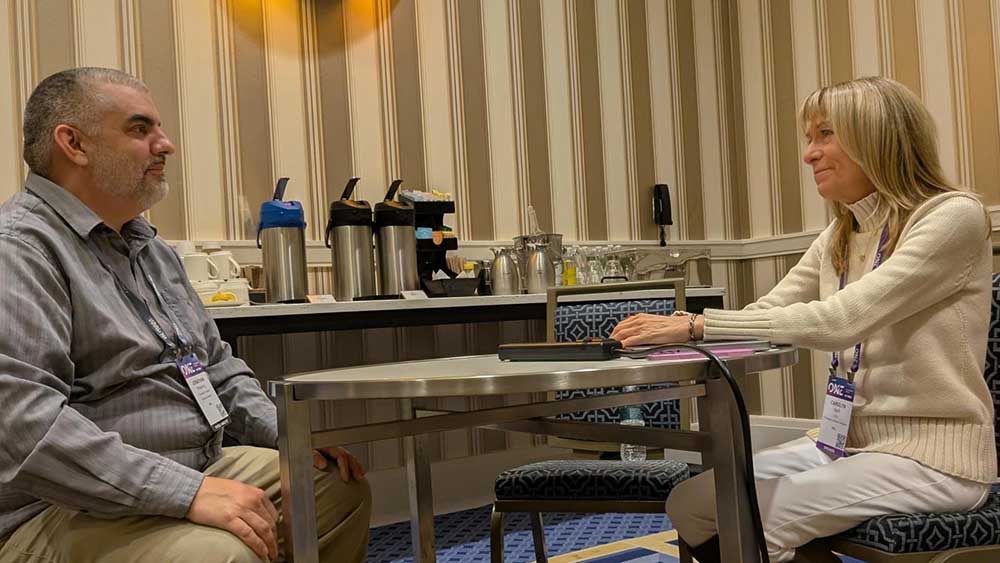THE 3-2-1 BACKUP PROCESS became the standard decades ago, when companies kept their Novell NetWare server under a table in the break room. The long-standing recommended strategy was to have three copies of everything on two different media, with one copy stored off-site. Lately, however, in response to the rising prevalence of ransomware and other trends, experts are increasingly gravitating toward alternate schemes.
The 4-3-2 strategy (four copies of your data, in three locations, with two of those locations off-site) is what Greg Schulz, founder and senior analyst at the Storage I/O Group, calls “the new school data protection and backup process.” The 3-2-1-1-0 scheme (three copies of your data on two different media, with one copy off-site and one copy offline or air gapped, and zero-error recoverability solutions) is another option.
These strategies provide more versions to line up with recovery point objectives, according to Schulz, who suggests it may be time to, “rethink what, why, where, when, and how data is being protected and for what reason.” The tools available today make it much easier to configure the number and location of copies and vary where they’re stored off-site and online, he notes.
“The biggest difference today is your ability to increase the number of versions and retention and adjust the number of copies and where they’re located,” he adds.
CRS Technology Consultants, an MSP in Cape Coral, Fla., follows the 3-2-1-1-0 strategy most closely, according to owner John Joyce. CRS handles clients with between two to 200 employees. “We’re happy the same base technology is now available to all the clients we serve,” says Joyce, thanks to the investments cloud backup providers have made.
The ease and affordability of cloud backups give him the flexibility to handle any size customer and let them choose the amount of warm or hot standby infrastructure they prefer. “Our CPA with an assistant can afford a half-day to recover, but the larger clients downtown can’t,” Joyce notes.
For CRS’ clients, backup and a business continuity plan are nonnegotiable. “After Hurricane Irma in 2017,” he adds, “no company in Florida argues about backups.” He does still have one client, a two-person accounting firm, which demands a tape be stored in a safety deposit box.
Now with the hurricane of malware and ransomware, clients need the best backup and business continuity system possible, says Joyce. “Copies on-site, to the cloud hourly, isolated and replicated, and test, test, test.”
Image: iStock












